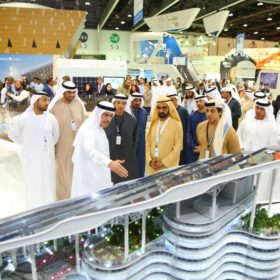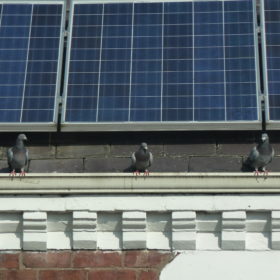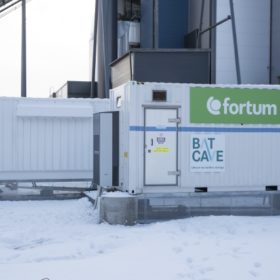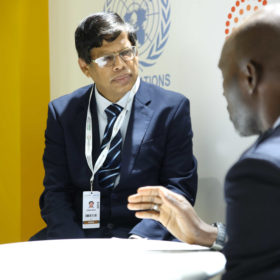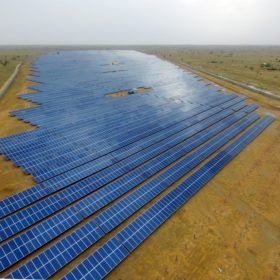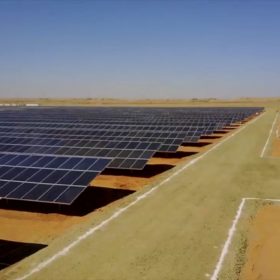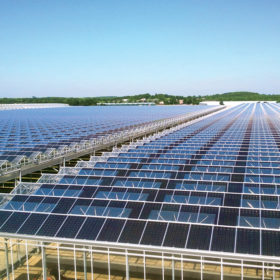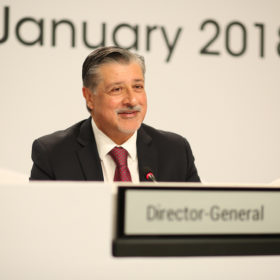WFES 2018: Three trends driving PV in MENA
Two weeks ago, the 8th World Future Energy Summit opened its doors in Abu Dhabi. The conference and trade show comprised six co-located events across the cleantech spectrum, and attracted over 33,000 visitors across four days. The rapid increase in the scale of activity within the solar sector in the region was on display throughout the show. Here are three key takeaways from WFES 2018.
The weekend read: Five key questions facing rooftop solar in 2018
Distributed solar can arrive in many forms, from the typical small array installed on a family home, to vast, multi-megawatt installations atop large warehouses and factories. Each market sector faces its own challenges and opportunities, and pv magazine has identified five key questions that could well shape these various rooftop sectors throughout 2018 and beyond.
Battery, smart grid and efficiency companies raise $1.5 bn in VC funding in 2017 – Mercom
In 2017, battery storage, smart grid and energy efficiency companies saw a YoY increase in venture capital funding, garnering a combined US$1.5 billion, up from the $1.3 billion raised in 2016, finds the latest Mercom Capital report.
Private PPAs for renewables reach 5.4 GW in 2017, BNEF says
Last year’s result surpassed by more than 1 GW the results registered in 2015 and 2016, when the combined capacity of this market segment reached 4.4 GW and 4.3 GW, respectively.
WFES: ISA signs letters of intent for $5bn financing, nine solar projects across five member states
This week’s World Future Energy Summit (WFES) saw a letter of intent inked at the International Solar Alliance’s (ISA’s) pavilion to secure financing of up to US$5 billion with India’s YES Bank by 2030. The organization also signed deals for nine solar projects across five ISA member countries, including in the UAE, Saudi Arabia, Nigeria, India and Spain.
BNEF releases 2018 clean energy predictions
BNEF has released its top 10 clean energy predictions for 2018, including at least 107 GW of solar PV installs. China will lead, but Latin America, Africa, Asia and the Middle East will notably up the ante. India will install less RE than in 2017, but will see fossils outpace RE for the last time; and China will see distributed grid connected solar leading the market. Li-ion prices are also declining, while EV sales grow.
EBRD poured €4.1 billion into green financing in 2017
The European Bank for Reconstruction and Development drastically increased its climate financing last year, with the €4.1 billion invested in the green economy representing 43% of the bank’s entire activity last year.
China drags global clean energy investment to $333.5bn in 2017, finds BNEF
Despite approximate 25% fall in solar costs per MWh against 2015, last year saw more than $333 billion invested in clean energy, with global solar deployment figures topping 53 GW, finds new Bloomberg New Energy Finance report.
8th IRENA Assembly: Utility scale solar LCOE falls 73% since 2010
All forms of renewable energy will be cost competitive with traditional generation sources by 2020. This was one of the key findings in the latest report from the International Renewable Energy Agency (IRENA). It was delivered yesterday at IRENA’s 8th annual Assembly in Abu Dhabi.
The weekend read: The science of soil
Soiling and solar: No two solar plants are ever the same, and the conditions that can impact energy yield can literally change with the wind. Soiled solar modules had long been considered a minor nuisance for the sector, but as understanding of how soiling affects output improves, so have techniques and technologies to tackle the persistent problem of dirty modules.
